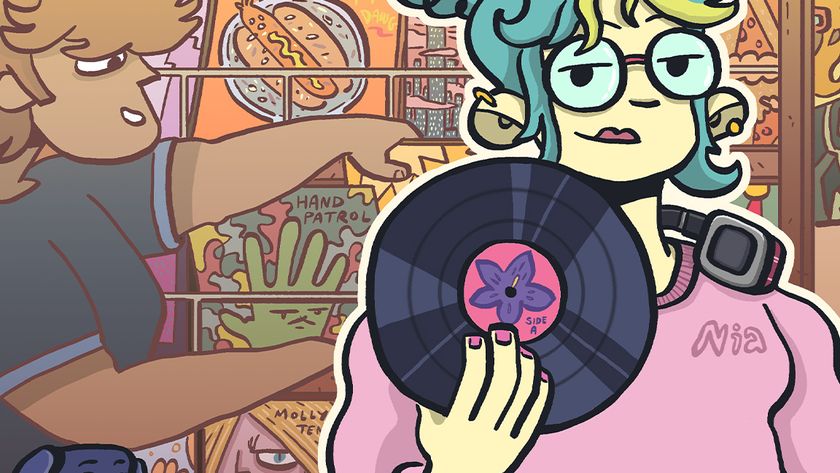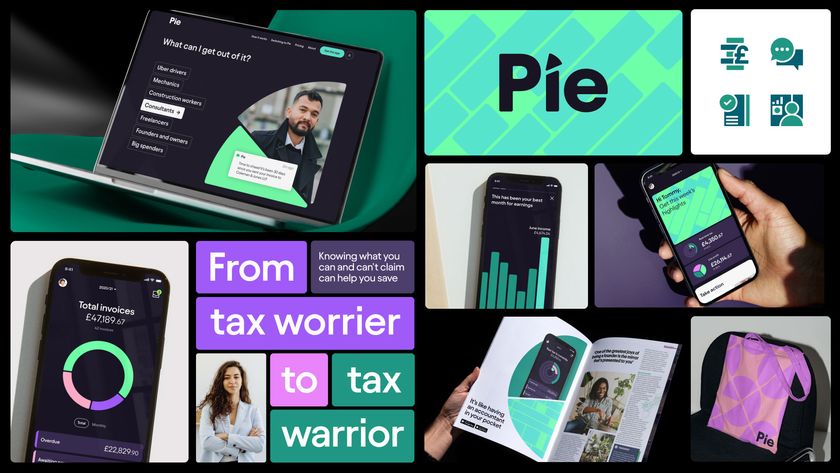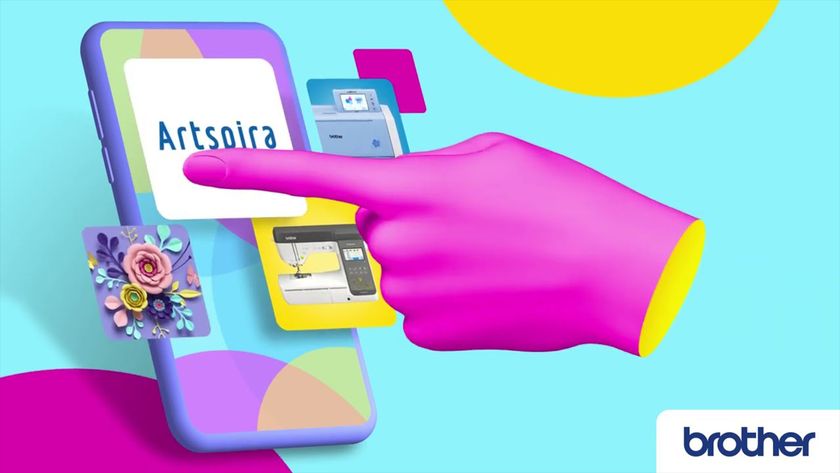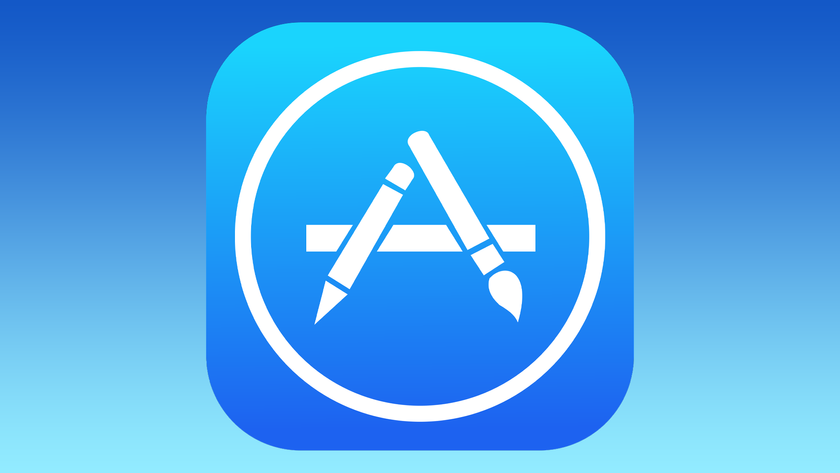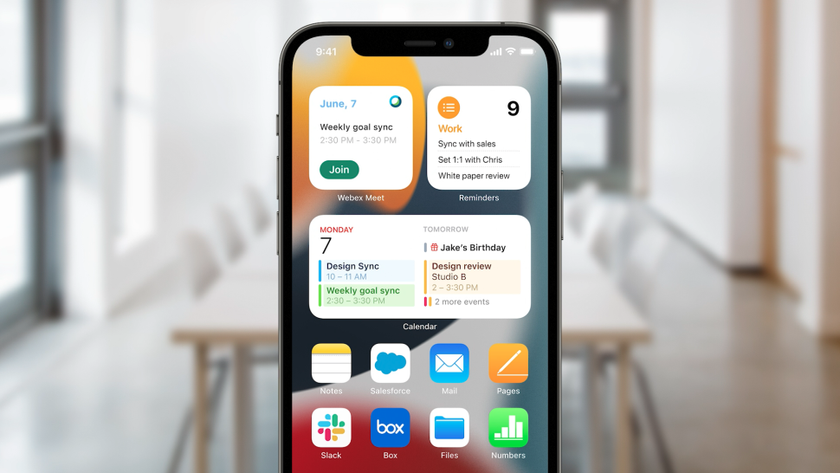The 5 traits of killer apps
With over one million in-store apps, competition is fierce. Erin Newkirk shares her top five secrets to creating a chart-topping app
This article first appeared in issue 241 of .net magazine – the world's best-selling magazine for web designers and developers.
If I had a dollar for every time I heard, ‘I’ve got a killer idea for a killer app,’ I’d be a millionaire. Coincidentally, a million is also approximately how many mobile applications budding entrepreneurs have to contend with to develop an audience for a new app.
But the market does exist. Globally, more people own a mobile phone than a toothbrush (source: Mobile Marketing Association Asia) and apps are being downloaded by the billions. Mobile app downloads doubled in 2012 to 46 billion and are expected to reach 310 billion by 2016 (Gartner).
Once downloaded, users are investing more of their time in mobile apps and the mobile web. Within a year, the total minutes spent on mobile apps shot up 120 per cent, while time spent on the mobile web increased 22 per cent (ACNielsen’s 2012 State of the Media, The Social Media Report).
Mobile devices have been outshipping PCs since the end of 2012 (Kleiner Perkins) and users are spending more and more time on mobile apps and the mobile web. But even more than that, mobile apps are expected to generate £12.3 billion in revenue by 2017 (Berg Insights).
This is a great thing for the app ecosystem and for entrepreneurs looking to grab a slice of the app pie. So, what’s the downside? The increase in demand has sharply driven supply and, with a limited distribution model, has made the app store hyper-competitive.
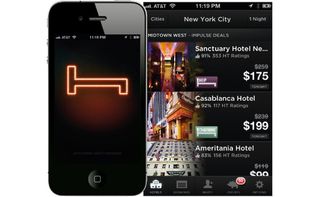
Killer competition
Only two per cent of the top 250 iPhone App Store developers and just three per cent of the Google Play Android store are newcomers (Distmo). App stores are no longer a place for easy, organic discovery. Distribution is fierce. Battles are fought and won within each and every app store category. To make matters worse, no one really knows what goes into the rankings and/or features. Apple and Google have shown us that you can’t simply buy your way to the top – and expect to stay there.
At Red Stamp, we’ve spent heaps of time studying the traits of successful apps. Mostly because that’s what we do, but also because it’s fascinating to watch an entire era emerge from something so small and so powerful. It’s too bad the term ‘personal computer’ is tied to the dying dinosaur that sits on your desk or in your laptop bag because, more and more, a mobile device is functioning as most people’s computer used for everything from managing calendars and planning parties, to communicating with friends in real time.
So, when you think about what makes for a true killer app, it’s no surprise that the most successful app DNA is a mix of stellar product, meaningful promotion, consistency and tenacity best summed up in the following five points.
1. Think mobile-only
Create a product and/or service that works best on, or even better, can only work on, mobile. In order for your idea to be successful in a mobile format, don’t think of mobile as a series of constraints but as a toolbox. Capitalise on all the things mobile specifically does best with its features, such as camera, address book, voice recognition, portability. Minimise on the weaker properties of mobile devices, such as keyboard, screen size and platform fragmentation. Keep it simple, fast, visual and turnkey. Did I say fast? Elevate the everyday tasks people are attempting to complete on-the-go. Think mobile-first. Mobile-only. Reduce friction.
2. Be viral coefficient
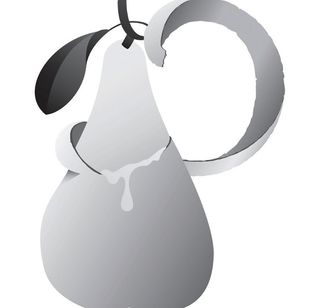
Games are always at the top of the ranks. Why? For starters, they delight, which is a great building block for any app. Secondly, they’re social. At the core, games thrive on repeated interaction with multiple users. Want a winning app? Draw on rules of play and think of your product or service like a game. For example, with most games, it takes two to tango, so think of ways you reward your users by engaging more than one user at a time. Another idea – people love healthy competition, so think of ways to reward people for being awesome. (And extra credit for telling people they are awesome). If your product or service is best operated in private, reward your users for helping you market your app in other ways. By rating the app, writing great comments. Being known for excellent customer service is another way to help spread the word without revealing too much about your users.
Get the Creative Bloq Newsletter
Daily design news, reviews, how-tos and more, as picked by the editors.
3. Optimise organically
It’s estimated that more than 65 per cent of app users find apps via the App Store search. Rankings are one search tactic, but keyword search is paramount. Users search for utilities that solve a problem or make their lives easier. So make sure your listing is up to scratch. From your app name to keywords, it’s important to be descriptive, categorical and seasonally relevant. Review monthly and make sure to optimise with each update. MobileDevHQ is a great tool for keyword optimisation. AppFigures, Flurry Analytics, AppCodes and AppAnnie are also great analytic and competitive tracking tools.
4. Do some non-app marketing

Third party credibility is a beautiful thing. Whether it’s free or purchased, converting users from the outside world can only help. But like the web or real world, the best type of marketing shines light on what you do and for whom you do it for. Be wary of paid rankings assistance. Instead, find opportunities that allow you to demonstrate how you make your users more awesome. And shout these demos from the rooftops. (Or the very least, Facebook and other relevant social media outlets.) Get your app involved in as many app ecosystems as possible. One platform that’s particularly fruitful is Facebook’s App Center. Once you gain that third party credibility, don’t forget to tie it all back to the app via your app or web presence.
If you can afford paid marketing, there are a few great tools out there. Flurry AppCircle is a favourite as it’s fuelled by the insight gathered from 850 million mobile users per month, as are Google’s AdMob and Apple’s iAd. Startups like YieldMo promise to disrupt mobile advertising by placing your ad in a recommended and compatible environment.
5. Constantly reinvent
At the rate the world is changing, apps can look outdated extremely quickly. So you can’t think of your app as done. Ever. Not only do rules and regulations change frequently; operating systems, hardware, viewport sizes, features, APIs, design and users change, too. Use updates to your advantage as a time to converse with your users. Solicit feedback. Draw them back into your offering. Pair updates with social media updates. Updates are part of your marketing mix, so make sure that you treat them that way.
The bottom line: a successful app delivers the right offering to the right audience at the right time, combining the best product or service you’re serving up with the environment you’re serving it up in.
How to build an app: discover 40 great tutorials at Creative Bloq.

Thank you for reading 5 articles this month* Join now for unlimited access
Enjoy your first month for just £1 / $1 / €1
*Read 5 free articles per month without a subscription

Join now for unlimited access
Try first month for just £1 / $1 / €1
The Creative Bloq team is made up of a group of design fans, and has changed and evolved since Creative Bloq began back in 2012. The current website team consists of eight full-time members of staff: Editor Georgia Coggan, Deputy Editor Rosie Hilder, Ecommerce Editor Beren Neale, Senior News Editor Daniel Piper, Editor, Digital Art and 3D Ian Dean, Tech Reviews Editor Erlingur Einarsson and Ecommerce Writer Beth Nicholls and Staff Writer Natalie Fear, as well as a roster of freelancers from around the world. The 3D World and ImagineFX magazine teams also pitch in, ensuring that content from 3D World and ImagineFX is represented on Creative Bloq.



